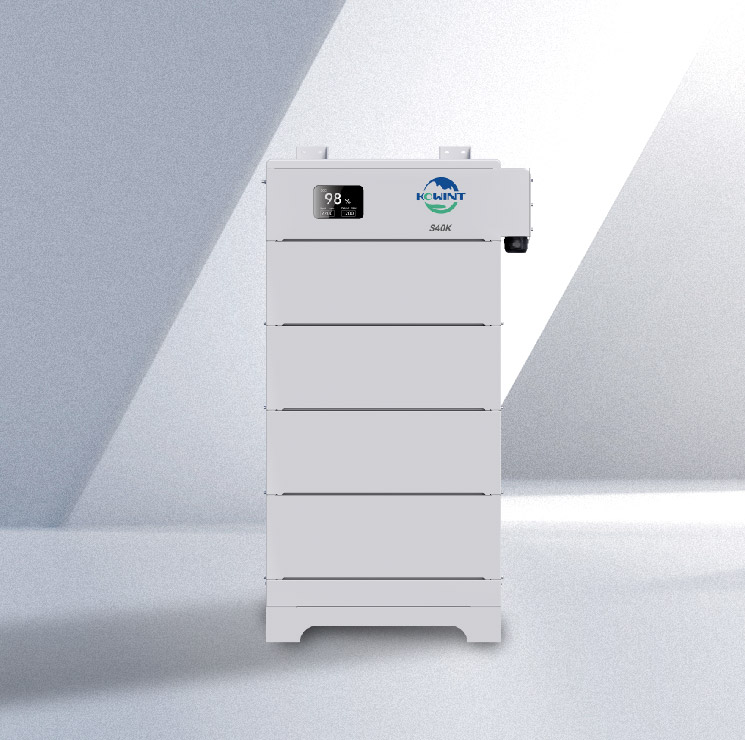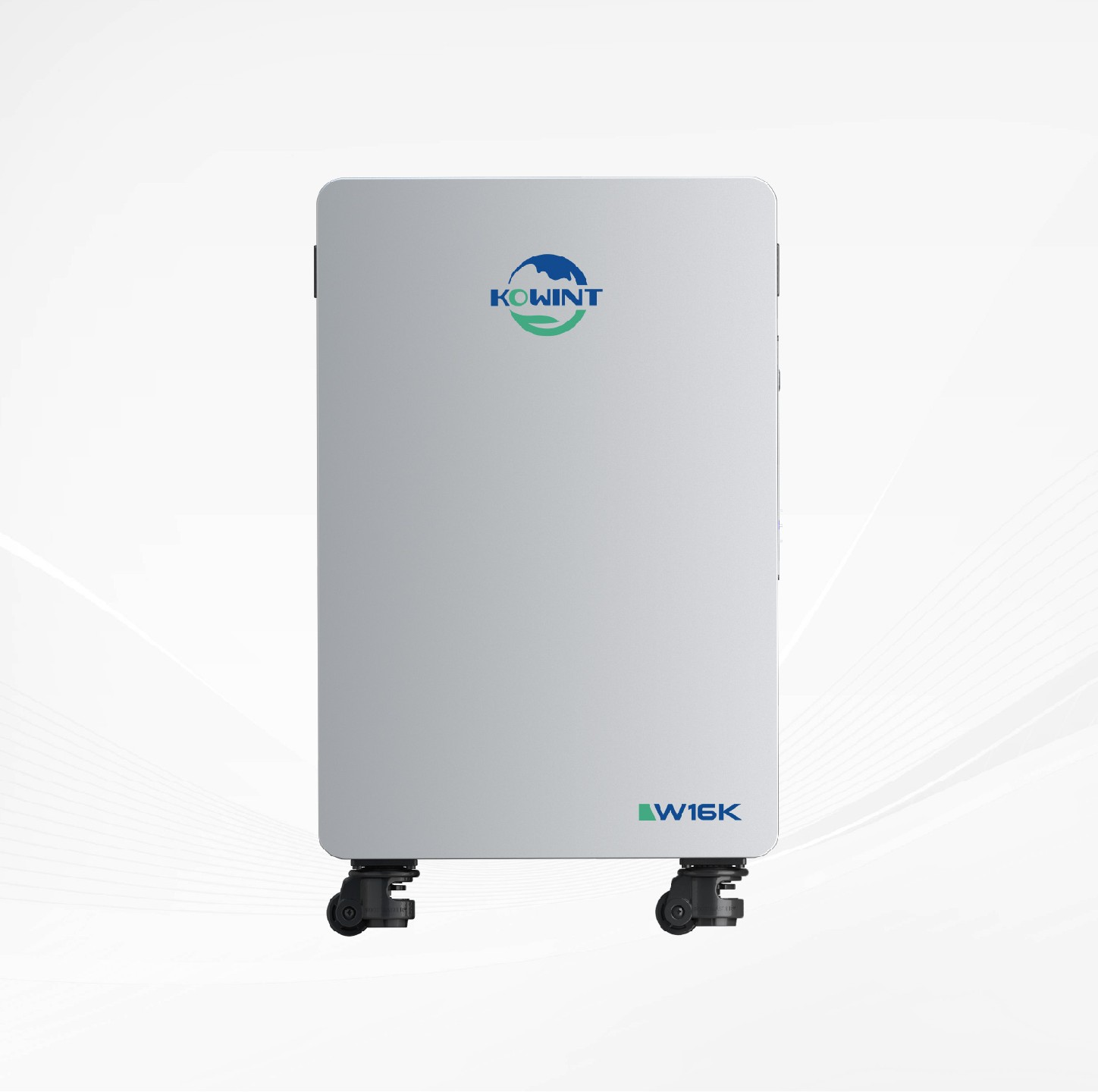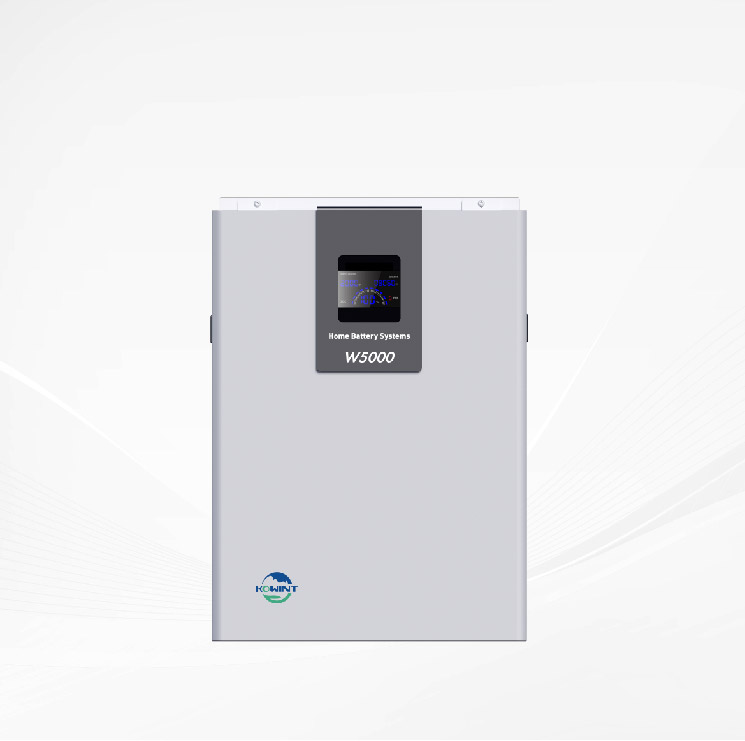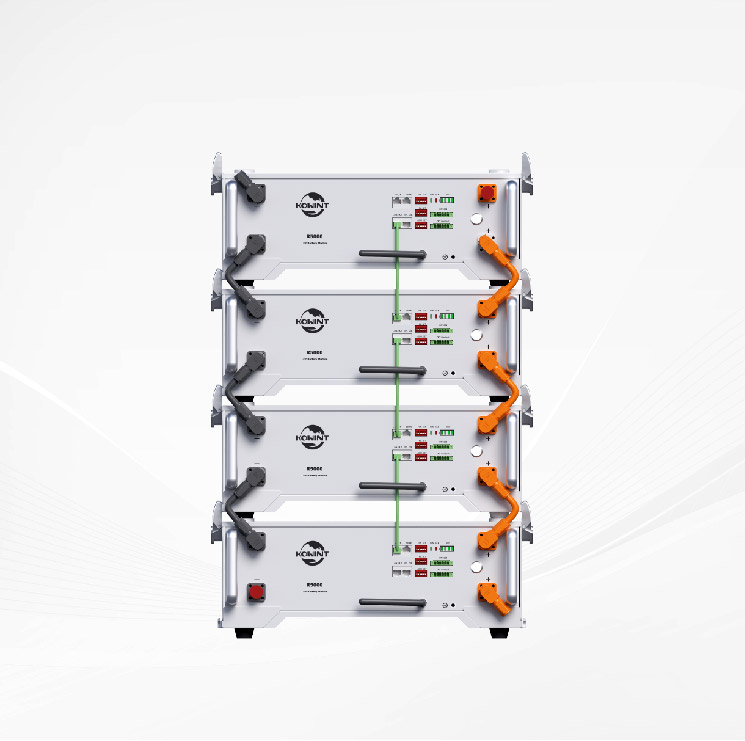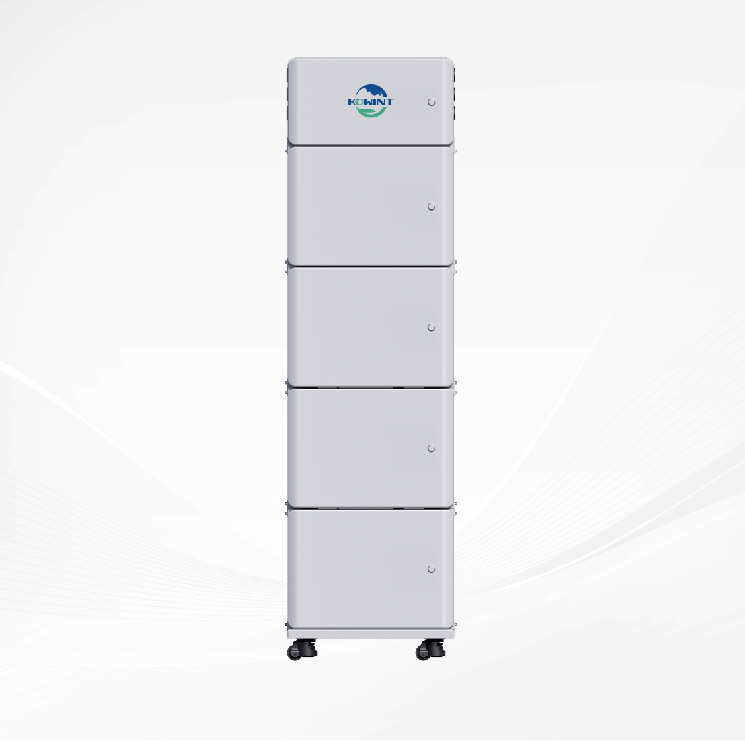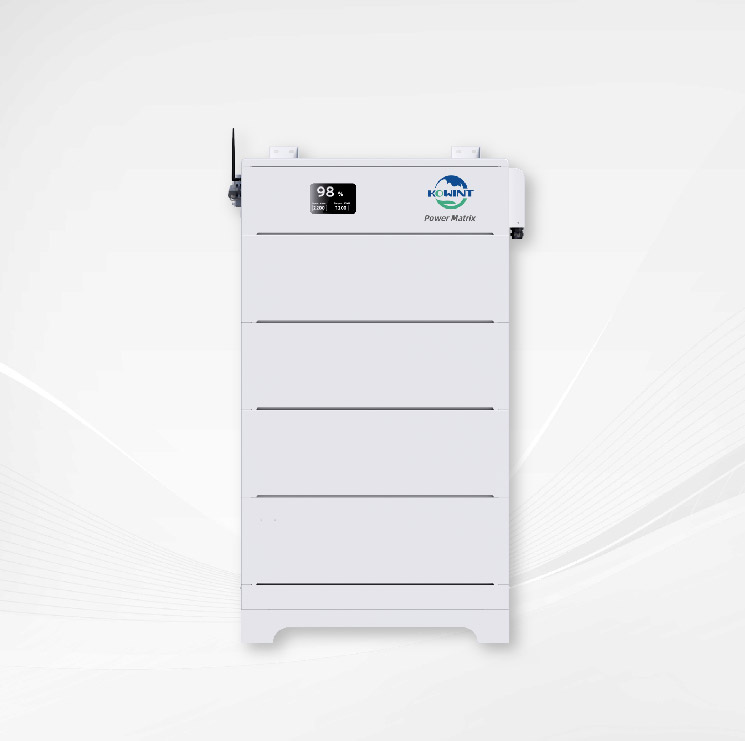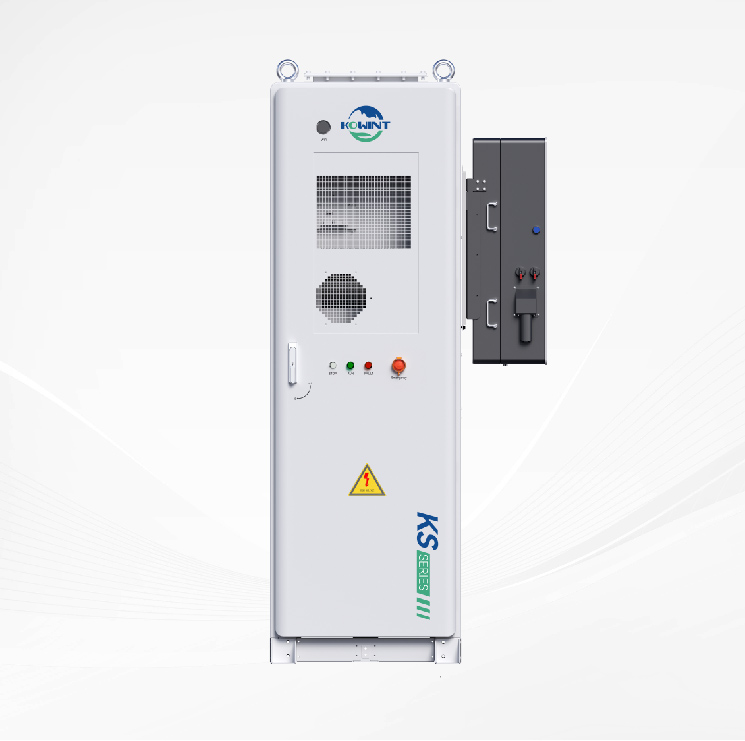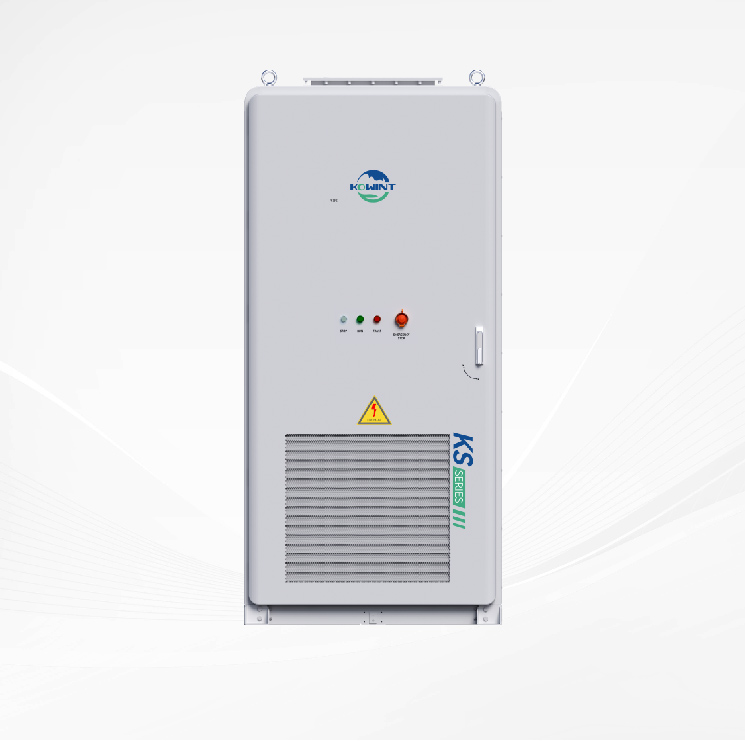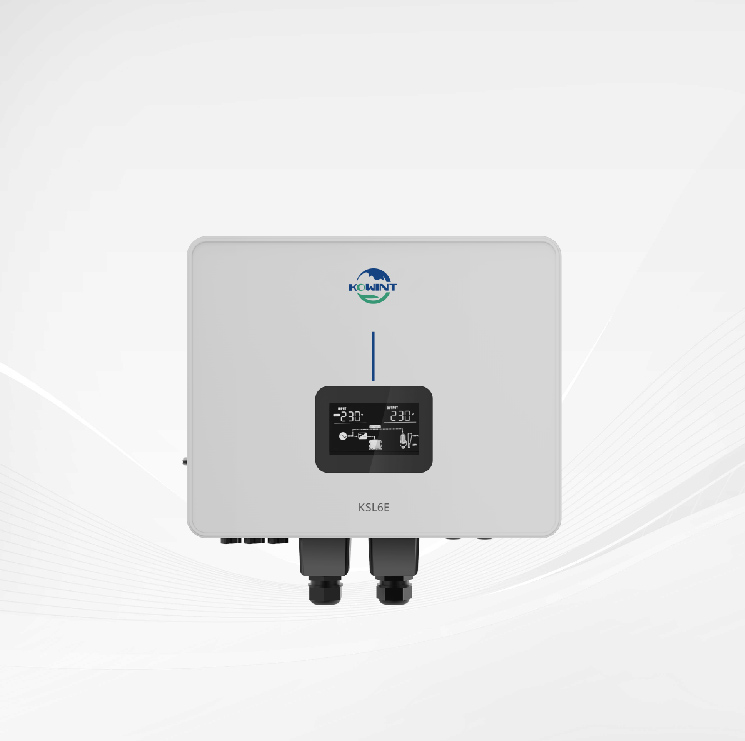Battery Energy Storage
What is battery storage?
Batteries are a key part of making the switch from fossil fuels to green energy happen faster. Battery storage systems will become more and more important for both getting green energy and meeting power needs.
Battery storage, also called battery energy storage systems (BESS), is a way to store energy from natural sources like the sun and wind and then use it when it's most needed.
Lithium-ion batteries, which are used in cell phones and electric cars, are the most common way for big plants to store energy and help power grids make sure they always have a steady supply of renewable energy.

The main applications of battery storage
Storage batteries can be used for a lot more than just a backup power source in case of a power outage or shortage. Whether the storage is for a business or a home, there are different ways to use it.
For business and industry users, there are a number of uses:
l Peak shaving is the ability to control energy demand so that there isn't a sudden, short-term spike in usage. Load shifting lets businesses change when they use energy by hitting the battery when energy costs more.
l Flexibility, so that customers can lower their site's demand on the grid during peak times without changing how much energy they use. Because of this, energy storage makes it much easier to join a Demand Response program and save money on energy costs.
l Batteries are a key part of microgrids because they allow these grids to disconnect from the main electricity grid when needed. Integration with renewable energy sources, since batteries ensure a smooth and continuous flow of electricity when power from renewable sources is not available.
Residential users can benefit from battery storage applications in three ways:
l Self-consumption, since they can make solar energy during the day and use it to power their appliances at night;
l Emergency backup in case of a blackout; and
l Going off the grid, which means disconnecting completely from an energy or electrical utility.
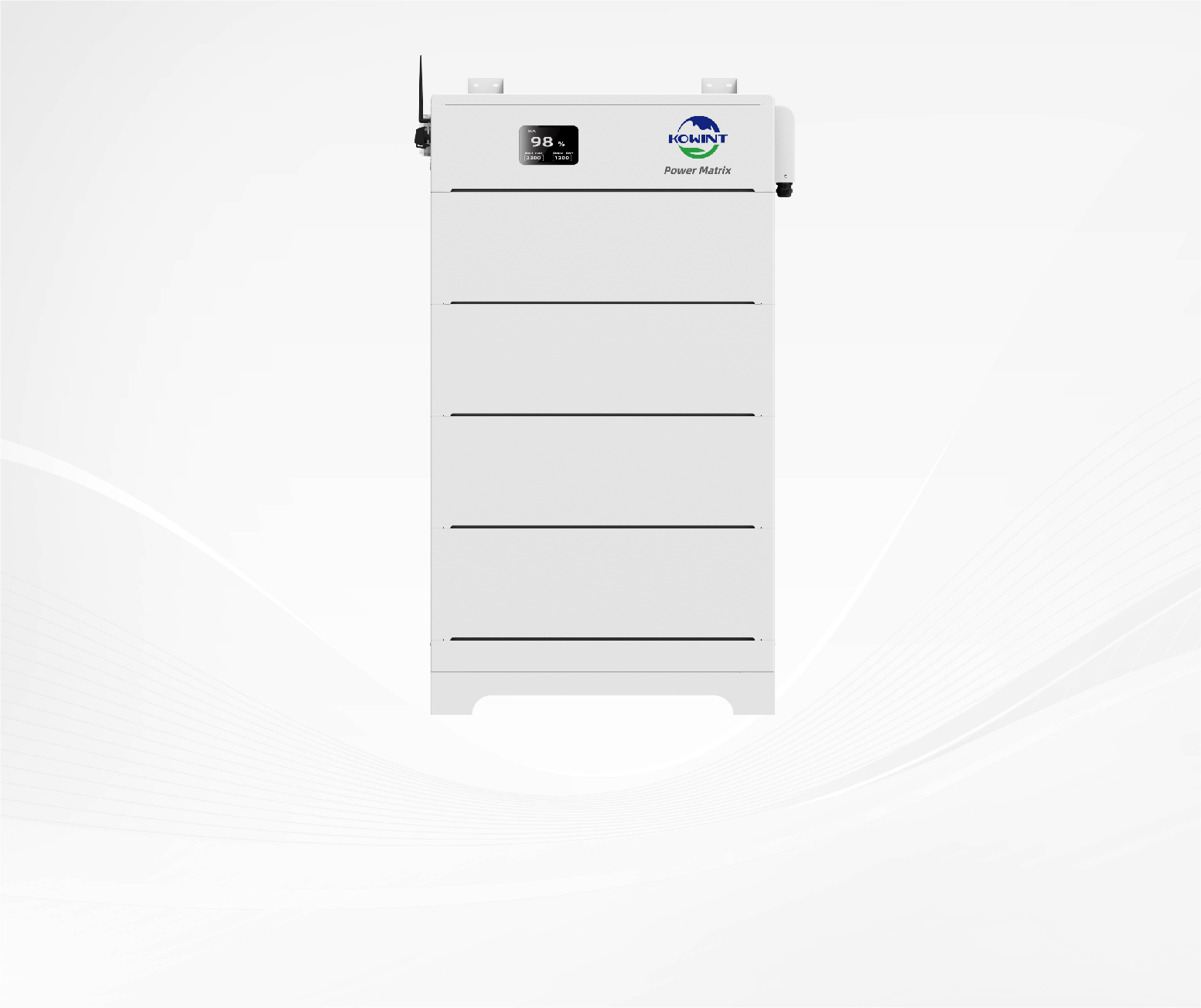
The importance and benefits of battery storage
There are numerous positives associated with battery storage systems. They improve the viability of renewable energy by making it more stable. Batteries are essential for "smoothing out" the intermittent nature of renewable energy sources like solar and wind, ensuring a constant supply of electricity whenever it's needed, day or night, regardless of whether the wind is blowing or the sun is shining. Furthermore, they can safeguard any user from grid oscillations that may threaten energy supplies. The benefits of using batteries for energy storage include:
l Benefits to the Environment
An important part of the energy transition and the fight against global warming is the installation of a battery storage system in homes and businesses that use renewable energy sources.
l Reduced utility bills
A user can save money by shifting consumption to off-peak times, when power rates are lower, and using the stored energy during peak times, when electricity costs are higher. When combined with free solar electricity, the savings are much greater.
l Reduced reliance on the utility grid
Even when the energy infrastructure is unstable because of peak demand or bad weather, battery storage devices ensure a constant electricity supply.
l Supply that is "always on"
The sun does not constantly shine. A battery storage system stores extra energy generated by solar panels during the day and uses it at night to smooth out daily energy demands.
l Resilience
In the event of a power outage, a battery storage system can be used as a backup to keep operations running smoothly.
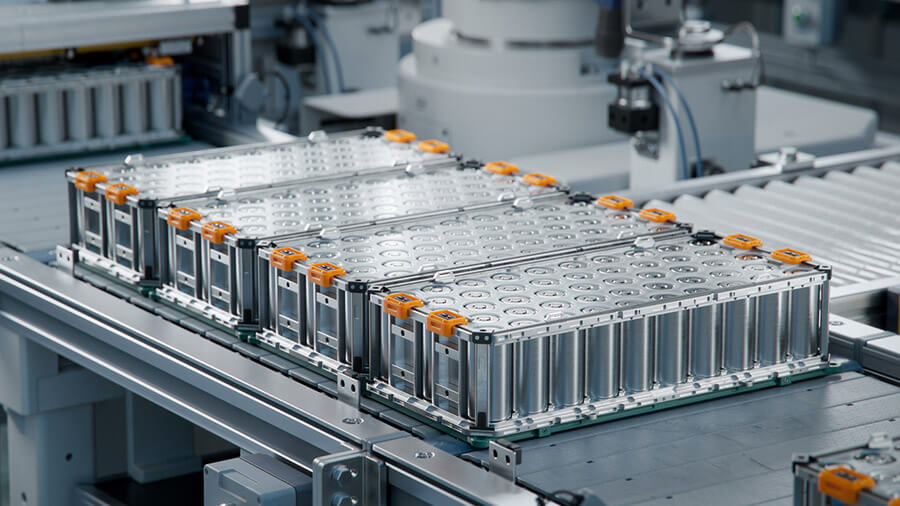
How does a battery storage system work?
Battery energy storage systems (BESSs) have a simple working concept. Batteries are devices that take in and store current from a variety of energy sources (including the grid, the power plant, and renewables like solar panels) and then release it when it is needed. Software turns a battery energy storage system (BESS) into a platform that can control energy usage more effectively through the use of artificial intelligence (AI), machine learning (ML), and data-driven solutions. Because of its ability to facilitate a more adaptable method of energy use, batteries can be used as part of the attempt to mitigate climate change.
As a whole, battery energy storage systems encourage the use of renewable energy sources, which in turn aids in the reduction of carbon emissions and even provides cost savings to commercial and residential customers. Whether a company has an existing battery storage system, needs to install a new one, or needs to increase capacity, Kowint works with them to make sure their energy demands are satisfied. Integration into preexisting infrastructure, such as solar photovoltaic systems, is made simple with the help of the optimization software that comes standard on our battery storage system.
Different meter systems for battery energy storage
Both front-of-the-meter (FTM) and behind-the-meter (BTM) configurations are viable options for a battery energy storage system (BESS). BTM systems are smaller than FTM systems because they are installed on the user's premises. The primary purpose of a BTM is to increase the reliability of its owner's energy supply and reduce expenses; but, if the regulatory framework in the area permits it, the batteries can also feed electricity back into the grid, creating a new source of income. Typically owned by a utility to alleviate network congestion or as an alternative to constructing new power lines, the bigger FTM systems are directly connected to the grid.
What kinds of green energy storage systems are being made?
Renewable energy storage calls for low-priced technologies with extended lifespans (thousands of charging and discharging cycles), safety, and the ability to store enough energy cheaply to meet demand.
In the 1970s, a British scientist invented lithium-ion batteries, and by 1991, Sony was using them in their portable video recorders. There are a number of different battery storage technologies being explored, but for the time being they are the most economically viable energy storage method. Among these are:
l Energy surplus is stored by compressing air in enormous chambers, called compressed air energy storage devices. Compressed air is stored until it is needed, at which point it is released and flows through a turbine to produce electricity.
l Mechanical gravity energy storage: one implementation of this concept is the utilization of energy to raise a tower made of concrete blocks. The concrete blocks are raised up and stored until they are needed to generate electricity by falling under the force of gravity.
l Chemical energy is provided by two chemical components dissolved in liquids contained within the system and separated by a membrane in flow batteries, which are effectively rechargeable fuel cells.
"The next decade will be big for energy storage in general and for batteries in particular," argues Prescott Hartshorne. Batteries and other technology will be put to the test in this environment.
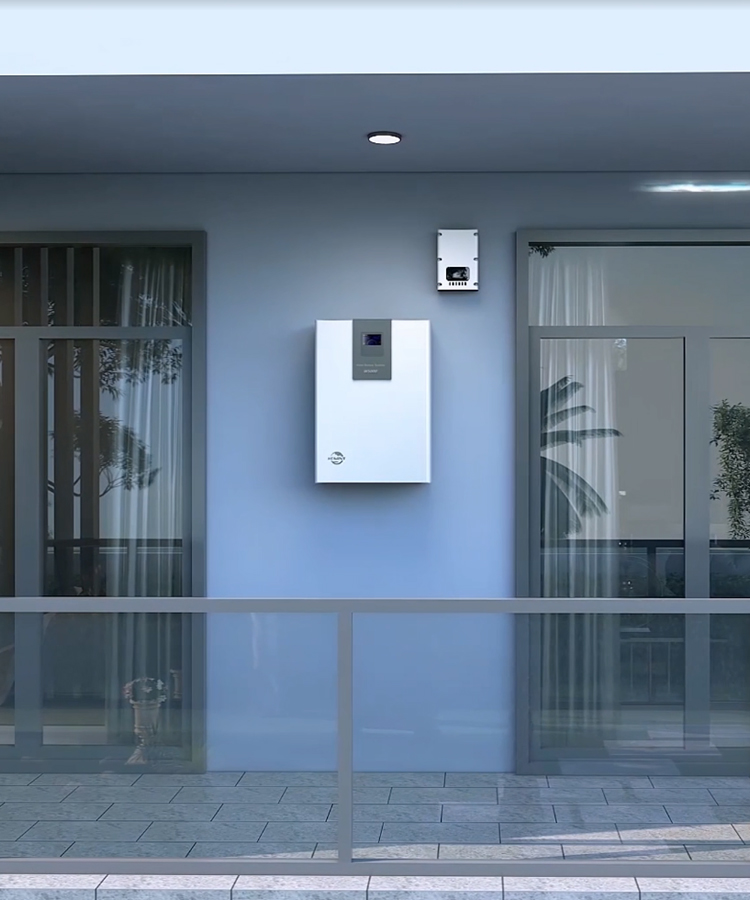
How long does a battery last, and how can it be used more than once?
Most systems that store energy in batteries last anywhere from 5 to 15 years. As part of the ecosystem of solutions for the energy shift, battery energy storages are tools that help make sustainability possible. At the same time, they must be fully sustainable. Reusing batteries and recycling the materials they are made of when they are done is good for the environment and a good way to use Circular Economy concepts. Getting more materials out of batteries and giving them a second life is good for the earth, both during the extraction process and when they are thrown away. Reusing batteries is also good for the economy.
Find the best way to store your batteries.
Kowint Energy's battery energy storage systems (BESS) are complete and have been tested. Our BESS solutions include both battery units and software for managing the battery system. This makes sure that each customer gets the most safety and efficiency possible. As your reliable service partner, you can count on us for parts, repair services, and help with running the machine from a distance.


 Residential Energy Storage System
Residential Energy Storage System Commercial & Industrial BESS
Commercial & Industrial BESS Residential inverter
Residential inverter